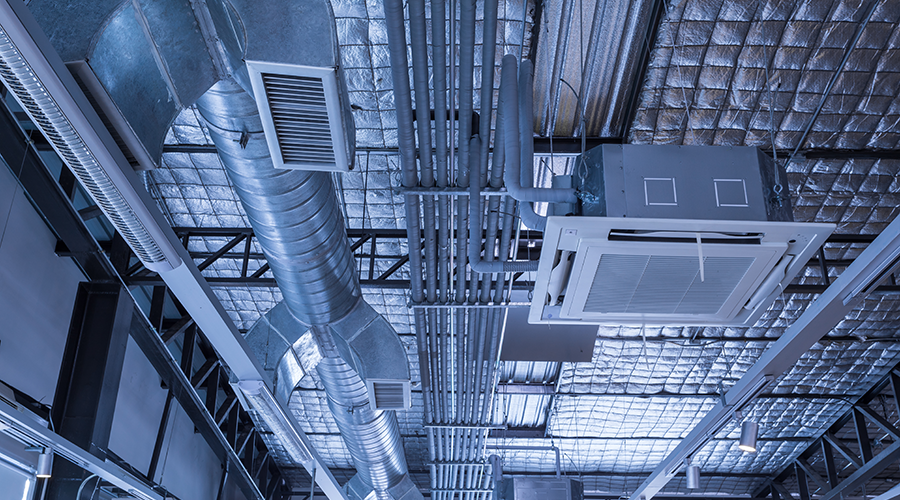Since HVAC systems play a critical role in a healthcare facility’s air temperature, they need to be kept running properly. However, there are several things that could impede a system’s performance. In this manufacturer roundtable, Healthcare Facilities Today speaks with HVAC manufacturers about what challenges healthcare facility managers can face with HVAC systems.
What challenges or issues could healthcare facility managers run into with their HVAC systems?
“For facility managers, the biggest challenges will be balancing improvements and enhancements with the increased operational costs while maintaining satisfactory patient comfort, especially with existing systems.”
— Matthew McLaurin, segment manager of healthcare, laboratories and cleanrooms air distribution, Greenheck
“Healthcare facilities put a lot of stress on HVAC systems, with their stringent air quality requirements. Facility managers are challenged with keeping these critical systems operational and functioning at levels compliant with regulatory requirements. Covid compounded these challenges with tighter regulatory requirements on ACH, disruption to the HVAC supply chain and increased costs to both materials and labor. Facilities managers need to get longer life out of HVAC systems that were not designed to handle the increased ACH imposed by ASHRAE and the CDC. Facilities personnel must rely on equipment monitoring systems or Building Management Systems to aid them with real-time performance data, focusing their efforts on areas of concern. Preventative Maintenance (PM) is key to keeping these stressed systems fully operational.
In addition to a strong PM program, a less utilized option is to reclaim lost performance using additives. Oil additives have been around for decades and have greatly improved with material science advances. Specific performance tested additives like ThermaClear can even help achieve HVAC operational savings ranging from 15 percent to 20 percent and extend equipment life by lessening the mechanical wear deferring component and system replacement. I happen to be biased working with ThermaClear. Yet, it allows me to speak to the validity of the performance achievements proven through numerous pilot studies. Just another tool for healthcare facility managers that can bolster efficiency in aging HVAC equipment.”
— Michael Daly, chief technology officer, ECM Technologies
“A key challenge is managing the proper amount of maintenance and care for any type of HVAC system. An advantage of VRF heat pumps is that the compressor produces less mechanical stress on the system’s components, so maintenance staff only needs to focus on cleaning filters and outside condenser unit coils. These are easy items to maintain and will allow for a 20-to-25-year life span of the heat pump. Life spans of most conventional systems are shorter.”
— Randall Towb, senior manager of business development – senior living, Mitsubishi Electric Trane HVAC US
“Facility managers are often challenged with the reality of trying to provide a high-quality indoor environment with aging HVAC systems and reduced budgets. Often, systems were not designed for precise control in patient rooms or critical care environments such as operating rooms. Limited budgets and the lack of in-house maintenance staff often leads to deferred maintenance challenges. It is often difficult to convince executive management to invest in improved systems when the old ones are still running, although upgrades could result in achieving core objectives of the institution such as improving patient outcomes.”
— David Santo, director of mechanical services, Siemens Smart Infrastructure USA
Jeff Wardon, Jr. is the assistant editor for the facilities market.

 The Effect of Over-Cleaning on Human Health
The Effect of Over-Cleaning on Human Health Rumored Terror Threat to Hospitals Prompts FBI Warning
Rumored Terror Threat to Hospitals Prompts FBI Warning Ground Broken on New Johns Hopkins All Children's Hospital
Ground Broken on New Johns Hopkins All Children's Hospital States Move Forward to Better Protect Senior Citizens
States Move Forward to Better Protect Senior Citizens Archer and REDA to Transform Newport Beach Building into Outpatient Center
Archer and REDA to Transform Newport Beach Building into Outpatient Center